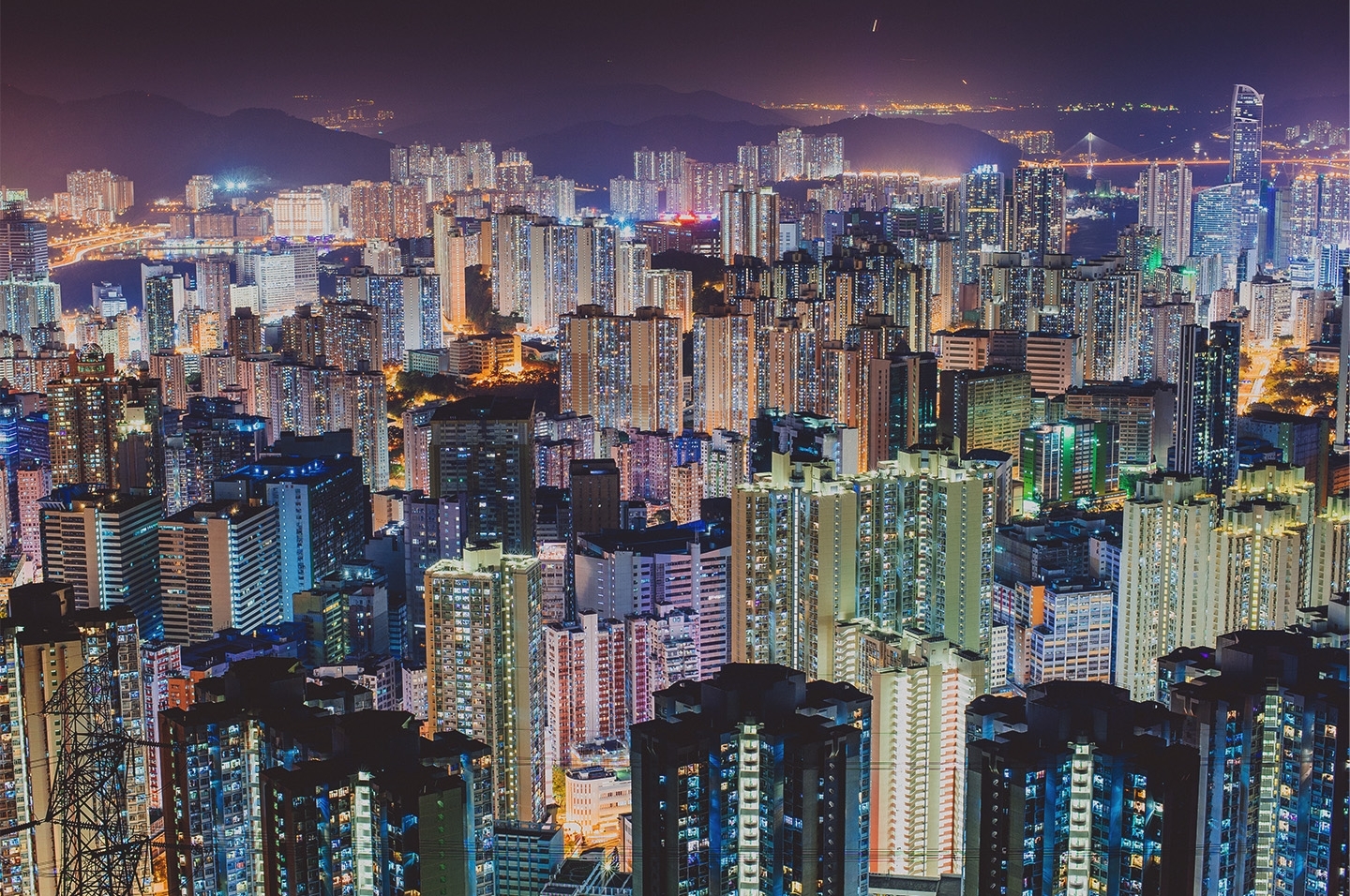
Smart Cities
Despite our species great technological leaps over the last twenty years, cities have been mostly left in the lurch. But all of that is changing as governments look to put the smart into smart city.
If you Google ($GOOGL) pictures of your local city from 20 years ago and compare the infrastructure to what you see today, you would notice a lot of similarities. While the rest of our society has gone through massive technological advancements, cities have been lagging behind. But there is hope.
As it becomes increasingly clear that we’re in the early stages of a new industrial revolution, governments have paid closer attention to our cities. For example, New South Wales announced on 21 December 2020 $45m in funding to ‘accelerate the adoption of smart technologies and capabilities’. This concept is called ‘smart cities’.
What exactly is a smart city? The term encompasses various technologies that boil down to a simple concept: using a combination of monitoring, Artificial Intelligence (AI) and related technology to address economic, social, operational and environmental challenges.
An example of a company leading the charge in the U.S. is Cisco Systems’ ($CSCO) Kinetic which allows municipalities to store, access, use, and analyse their data on a single cloud platform. The platform’s integrations include everything from roads and trains to ATMs.
Over in the UK, Smart Parking ($SPZ) makes managing parking cheaper and more efficient through its proprietary ANPR camera technology, ‘Pay & Walk’ machines, vehicle detection sensors and cloud-based mobile patrol technology.
Finally, Melbourne’s SenSen Networks ($SNS) combines cameras with proprietary AI technology to solve a range of city issues. A few examples include ensuring trucks have the proper parking permits based on licence plate scanning, real-time infrastructure audits, and speeding, distracted driving and bus lane enforcement.
Most of mankind lives in cities today. As that migration into them continues, there are plenty of opportunities for innovation to improve everything from congestion to safety – and to make the future brighter for our urban living.